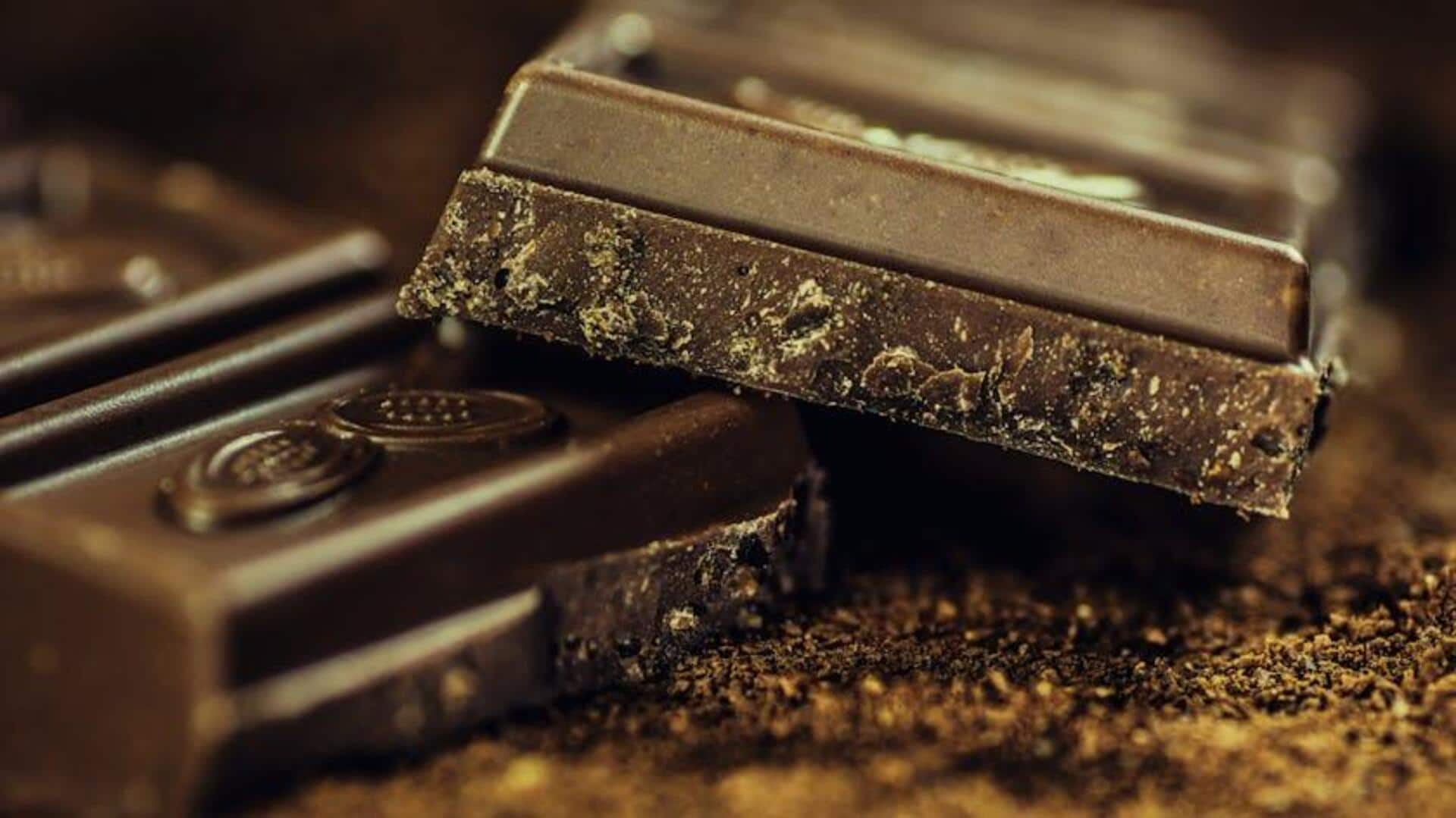
Chocolate's journey: From ancient drink to sweet treat
What's the story
Chocolate has a rich history that spans thousands of years. Originally, it was consumed as a bitter drink by ancient civilizations like the Mayans and Aztecs, far from the sweet confection we know today. This transformation from a ceremonial beverage to a beloved treat is fascinating. Here's how cultural exchanges and technological advancements have shaped chocolate into its current form.
Early use
From beans to beverage
The earliest use of chocolate can be traced back to Mesoamerican cultures, where cacao beans were ground and mixed with water, spices, and sometimes honey. This drink was often reserved for special occasions or rituals. The beans were so valued that they were even used as currency in some societies. The preparation methods varied, but the essence remained—a bitter yet revered beverage.
Transformation
European influence on chocolate
When Spanish explorers returned with cacao to Europe in the 16th century, it was transformed. Europeans added sugar and milk to make a sweeter iteration of the drink. This adaptation made chocolate easier on European palates and more popular across the continent. By the 17th century, chocolate houses became fashionable meeting places in London's and Paris' cities.
Mass production
Industrial Revolution's impact
The Industrial Revolution was integral to changing chocolate from an exclusive luxury to an accessible treat for many. Innovations like steam-powered machines enabled mass production of chocolate products at reduced costs. Companies started making solid forms of chocolate by adding cocoa butter, leading the way for modern-day bars and candies.
Evolution
Modern-day chocolate varieties
Today, chocolate comes in various forms—dark, milk, white—and flavors from classic vanilla to exotic spices or fruits. The worldwide demand has also resulted in a variety of production techniques and ethics of how it's sourced (like fair trade certification). However, no matter how much things change, one thing remains the same: chocolate continues to be loved around the world for its unique taste and versatility.